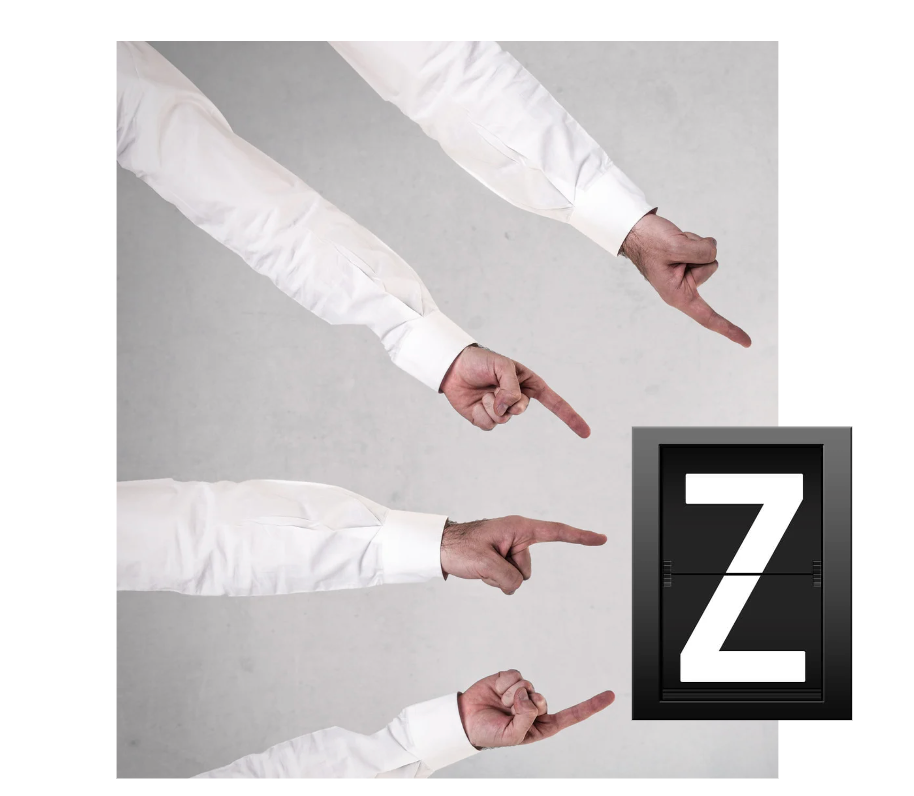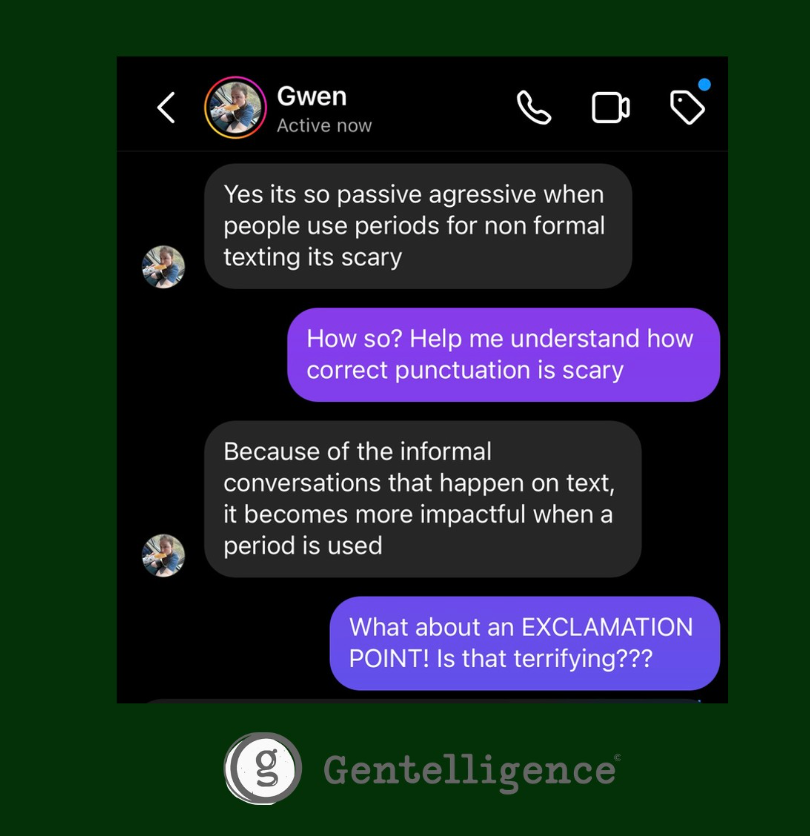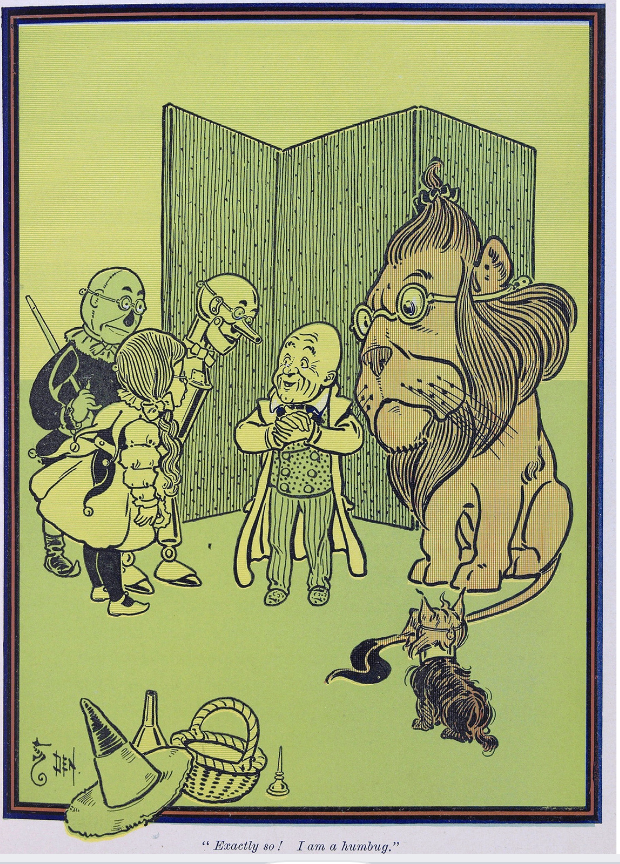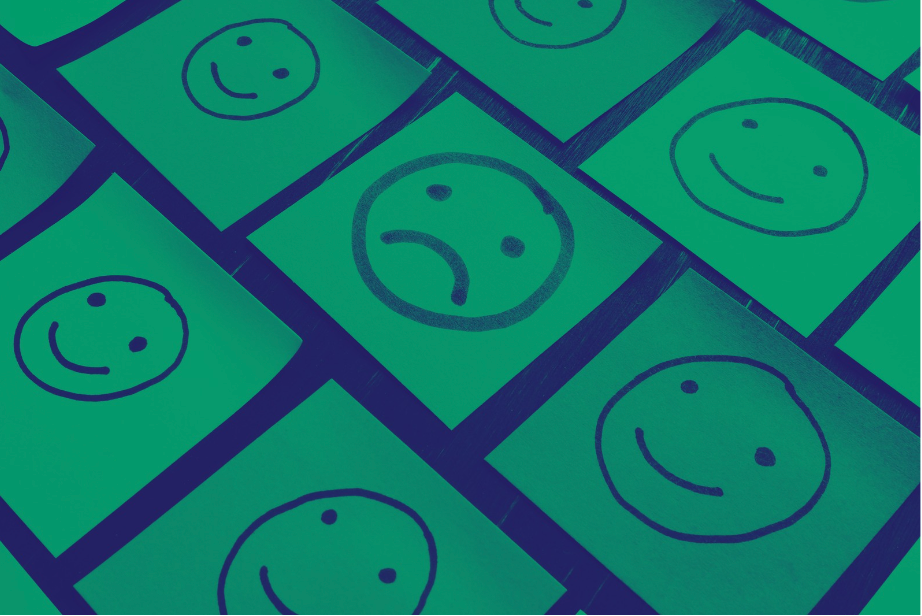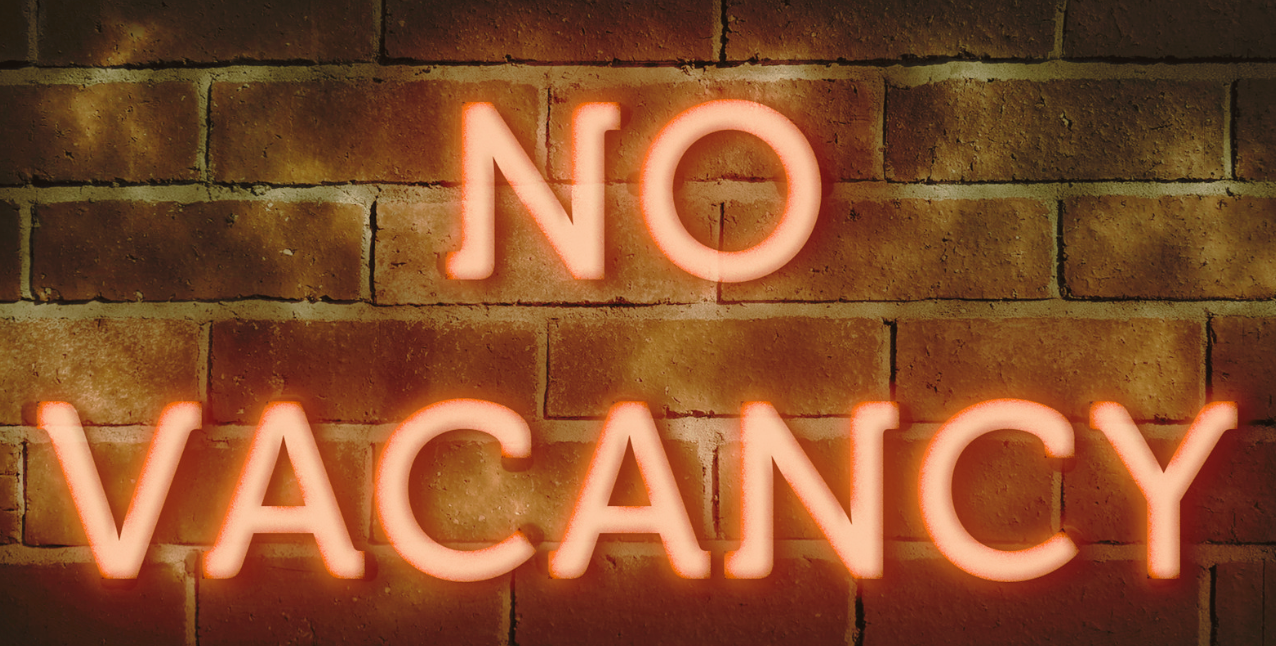Building Healthy Generational Workplaces
Building Healthy Generational Workplaces
Here’s the most practical generational expertise I can offer: if you want collaboration and learning across generations, you must build a workplace culture that supports it.
“Gentelligence just seems…healthy.”
Those were the words of the head of learning and development at a large hospital last month. He had just finished my book and said he was a “big fan” of the Gentelligence approach. He had shared it with his colleague, and the two of them were hopeful we could work together to bring the approach to their workplace. “We’ve had other generational training before, but as you say, it was so surface level. We’re ready for something more. People want to know what specifically they should be doing differently.”
The word “healthy” has been linked to Gentelligence several times this summer, and I must say, I love it. My 5 minutes of fame on the local news was part of a “What’s New in Health” segment. The American Psychological Association invited me to be part of a main stage session at their national conference, speaking about my work to find practical ways to translate research into practice to help create more psychologically healthy workplaces (see the APA Speaking of Psychology podcast conversation we had on this here).
Gentelligence is absolutely aligned with this mission. Age inclusion is, at its core, about creating an organization where people across ages, generations, and career stages feel valued and appreciated for their unique experiences and perspectives. When we feel this way, our well being improves, as does our engagement and our commitment to those organizations. So how do we create these psychologically healthy workplaces when it comes to age and generation?
(fun fact: image searches for “healthy workplaces” yield many pictures of yogurt, granola, and blueberries. So provide those, but how about some other ideas as well?)

Research Says…
As you know, a big part of my Gentelligence work is translating the existing research we have into practical solutions. The research on this is still in early-stage, but what is out there is promising. I’m currently up to my ears in it (I’m working on a paper) and this is what the initial work shows: we need to create positive age diversity climates.

- A 2011 study by researchers Kunze, Boehm, and Bruch in the Journal of Organizational Behavior found that the impact of age diversity on performance is moderated by the organizational climate. That means a positive age diversity climate—where age diversity is valued and supported—enhances the benefits of having a diverse age group. Conversely, a negative climate can lead to challenges and undermine the potential advantages of age diversity. In other words, whether our age diverse workforce is a benefit or a hindrance comes down to the environment we create to support it.
- In 2014, this research was taken a step further in
a study done by Boehm, Kunze, & Bruch, focusing on the role HR practices could play in creating that age-inclusive climate. They define an age-diverse climate as follows:
“It reflects a shared conviction that age is no potential stumbling block in making progress within the organization. …an age-neutral organizational behavior toward all groups; that is, not only should older employees feel free from age-related discrimination but so should younger workers”
This study recommended that bundles of HR-inclusive practices should relate to knowledge, skills, and abilities (e.g., age neutral recruiting & equal access to training and education), motivation (e.g., equal opportunities for promotion & responsiveness to the unique needs of different age groups), and also opportunities to contribute (promoting and valuing the contribution of all ages).
Take the First Step
So let’s start there. Taking an honest look at your workplace, is your recruiting age-neutral? Are those pesky words like “energetic” and “fresh” showing up in your job descriptions? Is there a lingering requirement for 3-5 years of experience for entry-level positions, even though no one remembers why that even matters any more?
When it comes to upskilling, is everyone equally able and encouraged to access training in those ever-important future of work skills, whether that’s AI, wellness training, or digital literacy? How much attention are particular segments of your workforce receiving as compared to others? (As a Gen Xer, I rarely hear companies wondering what we in the 45-60 year old age group are needing or wanting to stay engaged and committed!).
More progressive companies are thinking creatively about how to make sure employees across ages and career stages feel seen, understood, and valued. One of my most read LinkedIn posts last year was a mention of a Wall Street Journal article about grandparent leave.
Eldercare is a significant need for people in my age group (who have aging parents yet are potentially still supporting their teen and young adult children as well). This trend will continue to grow. According to Met Life, “Wearing both caregiver and employee hats comes at a cost: according to MetLife, people with elder-care responsibilities can cost their employers as much as $34 billion a year overall, thanks to absenteeism, disengagement, turnover, and increased healthcare costs for themselves”. Some workplaces such as Johnson & Johnson have responded by establishing impressive caregiving resources as part of their benefit program.
Menopause leave is also a relatively new and promising benefit for organizations. A 2023 Bank of America study showed that “64% of women want menopause-specific benefits, yet only 14% believe their employer recognizes the need for them.”
In Case of Emergency…

For younger employees, initial survey data shows a high value being placed on greater mental health support from employers. Interestingly, but perhaps not surprising for a cohort that began their careers during a global pandemic, the availability of emergency funds if needed also rates high for Gen Z.
I’d love to start a dialogue about other ways we can support and recognize the unique needs of employees in different age groups and career/life stages. What are you seeing? What would you love to see?



